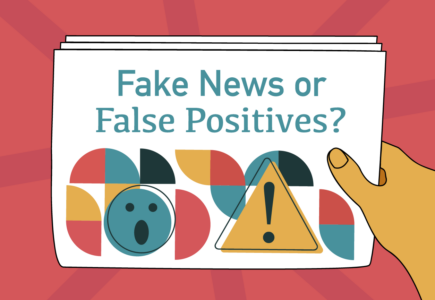Recent sales of non-fungible tokens, or NFTs, have generated figures ranging well into seven figures. With such vast amounts of actual currency being exchanged, it’s evident that NFTs have captured the imagination of a significant segment of the commercial realm.
As NFTs work their way into the mainstream, more individuals and entities dealing with digital assets, such as NFTs, are seeking trademark protection for their portfolios. Understanding the intersection of intellectual property law and technology where NFTs are concerned can aid individuals and entities in preventing unauthorized NFT transactions and general protection of intellectual property in a digital environment.
Legal Protections and Hazards Associated with NFTs
An NFT is essentially a non-physical certificate of authenticity in code form representing physical or tangible assets, such as artwork or stock. While NFTs are digital, unlike conventional blockchain tokens, they have a specified value and are assigned to a single, specific owner. The unique nature of NFTs provides them with a measure of intrinsic protection.
NFTs are accompanied by a “Smart Contract” or automatically executable computer code, combined with metadata that identifies the rightful owner of an NFT and blockchain security. This combination of safeguards provides would-be buyers of NFTs with a strong assurance of authenticity and proper ownership. However, unauthorized NFT transactions can and do occur through owner accounts compromised through phishing, brute force attacks, or other methods of cybercrime.
IP Laws and NFTs
Early sales of NFTs usually allowed unrestricted resale. However, “Smart Contracts” with many of today’s NFTs include clauses in the computer code that automatically generates a fixed fee payable to the original seller upon resale to a third party.
Nonetheless, ownership of an NFT does not necessarily provide exclusive access. For instance, Twitter founder Jack Dorsey’s first tweet from March 2006, “Just setting up my twttr,” can be viewed by anyone with a Twitter account. That didn’t harm the selling price for the NFT of the actual five words, which was conducted in Ether, a cryptocurrency like the more famous Bitcoin. At the time of the sale in 2021, the NFT for Dorsey’s first tweet fetched the eye-watering 1,630.58 ether, equivalent at the time to time to $2.9 million.
Even more impressive is that without a contract to that effect, the purchase of that NFT, or any NFT, does not transfer ownership or rights of use of the intellectual property or other underlying assets of an NFT. This means that the owner of a copyright, trademark or patent associated with an NFT retains that ownership – including rights to reuse, license, or modify – not to mention collecting a fee if the NFT is sold again.
Likewise, NFT creators must practice due diligence when integrating materials covered by IP protection in their NFTs. Much like song samples, there are limits to duplication permitted under fair use. Exceeding these limits exposes the offending individual or entity to extensive legal exposure.
What’s the Takeaway?
NFTs, while still somewhat novel, are making their way into the mainstream, including IP law. Understanding the rights of ownership that are – and are not—transferred through NFTs will become increasingly essential for both individuals and legal practitioners alike.
SMI Aware helps our clients discover, analyze, and preserve information from social media and the web. Our in-house analysts use our proprietary software to identify and curate information that is valuable to your case while providing the benefits of independent 3rd party data collection. The SMI Aware application controls the search and collection process, so you can be assured that each report is generated to the same standard of quality.




